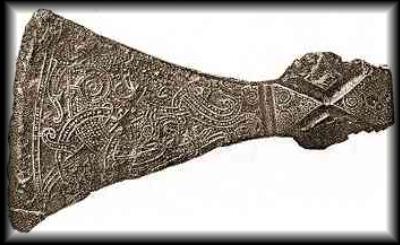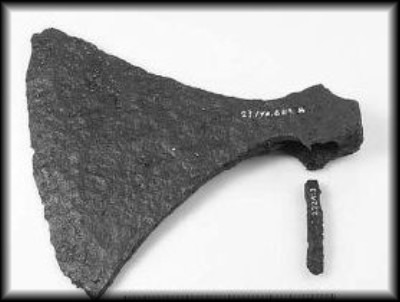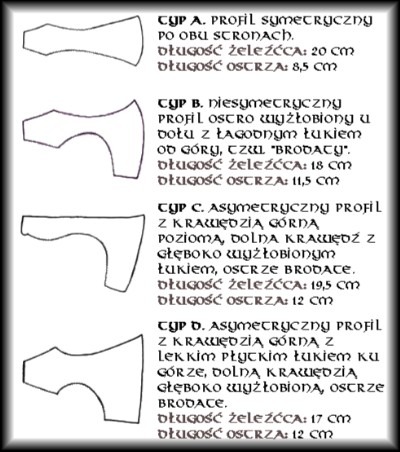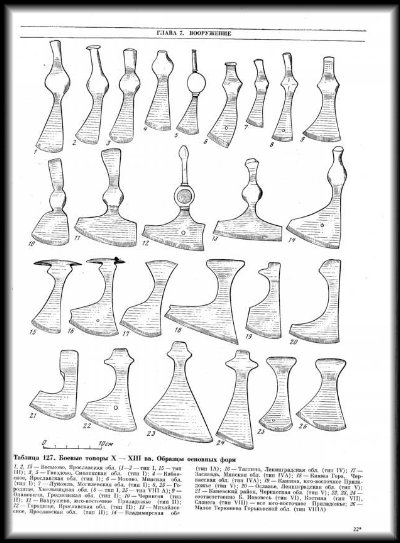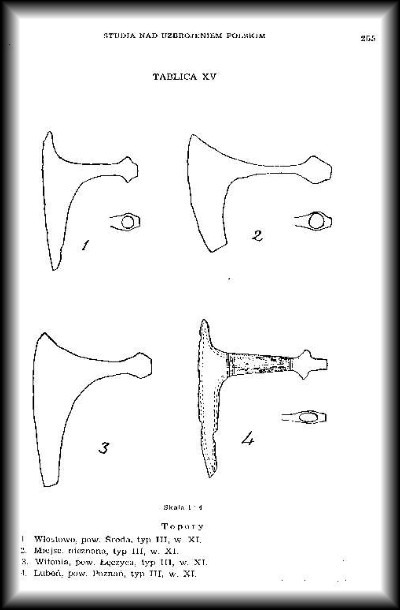Indigenous Celtic & Gaelic Warfare and Weapons
Irish warfare was for centuries centered on the Ceithearn, or kern in English (and so pronounced in Gaelic), light skirmishing infantry who harried the enemy with missiles before charging.
John Dymmok, serving under Elizabeth I’s lord-lieutenant of Ireland, described the kerns as:
“… A kind of footman, slightly armed with a sword, a target [round shield] of wood, or a bow and sheaf of arrows with barbed heads, or else three darts, which they cast with a wonderful facility and nearness…”
For centuries the backbone of Gaelic Irish warfare were lightly armed foot soldiers, armed with a sword (claideamh), long dagger (scian), bow (bogha) and a set of javelins, or darts (ga).
The introduction of the heavy Norse-GaelicGallowglass mercenaries brought Longswords, similar to the Scottish claymore.
Many of the medieval swords found in Ireland today are unlikely to be of native manufacture given many of the pommels and cross-guard decoration is not of Gaelic origin.
Gaelic warfare was anything but static, as Irish soldiers frequently looted or bought the newest and most effective weaponry.
By the time of the Tudor reconquest of Ireland, the Irish had adopted Continental “pike and shot” formations, consisting of pikemen mixed with musketeers and swordsmen.
Indeed, from 1593 to 1601, the Gaelic Irish fought with the most up-to-date methods of warfare, including full reliance on firearms (see Nine Years’ War).
Celtic Wicker Shield
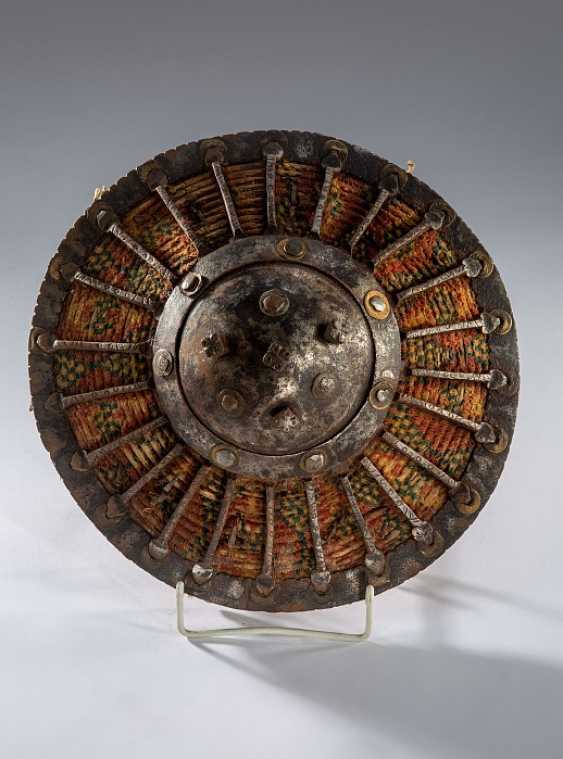
For the most part, the Gaelic Irish fought without armour, instead wearing saffron coloured belted tunics called léine (pronounced ‘laynuh’), the plural being léinte (pronounced ‘layntuh/laynchuh’).
Armour was usually a simple affair: the poorest might have worn padded coats; the wealthier might have worn boiled leather armour called cuir bouilli; and the wealthiest might have had access tobronze chest plates and perhaps mail (though it did exist in Ireland, it was rare).
Gallowglass mercenaries have been depicted as having worn mail tunics and in latter period, steel burgonet helmets, but the majority of Gaelic warriors would have been protected only by a small shield.
Shields were usually round, with a spindle shaped boss, though later the regular iron boss models were introduced by the Anglo-Saxons and Vikings.
A few shields were also oval in shape or square, but most of them were small and round, like bucklers, to better enable agility.
Celtic Customs
In Gaelic Ireland, before the Viking age (when Vikings brought new forms of technology, culture and warfare into Ireland), there was a heavy importance placed on clan wars and ritual combat.
Another very important aspect of Celtic ritual warfare at this time was single combat.
To settle a dispute and measure one’s prowess, it was customary to challenge an individual warrior from the other army to ritual single combat to the death while cheered on by the opposing hosts (see Champion warfare).
Such fights were common before pitched battle, and for ritual purposes tended to occur at river fords.
Ritual Combat would later manifest itself in the Duel, as seen in the Scottish Martial Arts of the 18th century.
The victor was determined by who made the first-cut.
However, this was not always observed, and at times the duel would continue to the death.
Urban Defense
Many of the towns in the region had some type of defense in the form of walls or ditches.
Within Gaelic Ireland many of the towns colonized by Anglo-Normans’ often had defense walls due to the frontier type of lifestyle.
Some had these walls built assuming that the town had no adequate defense with only using a ditch.
The masonry walls on some towns had not been completed due to the economics of the time.
While many of the towns often constructed what looks to be a defensive walls, this can sometimes not be the case.
Towns constructed walls and town gates forensic times as a symbol of lordly wealth; physical expression of power, the defense of the walls and gates would become a secondary role.

